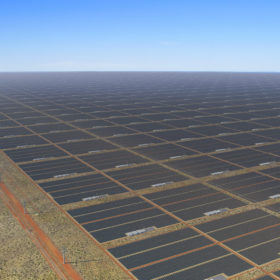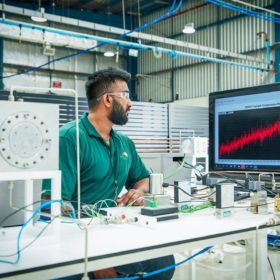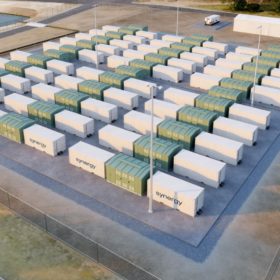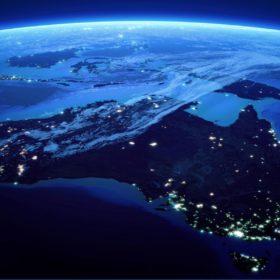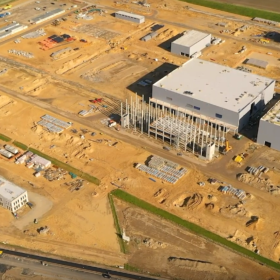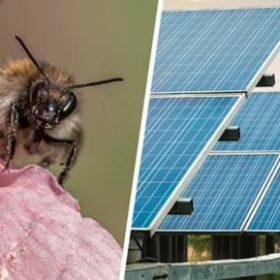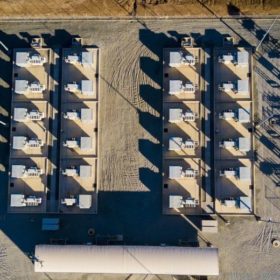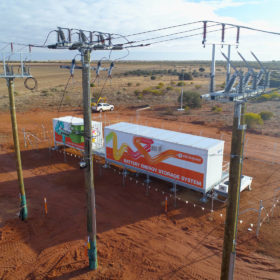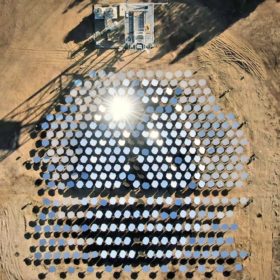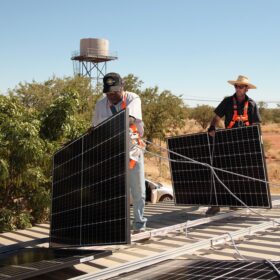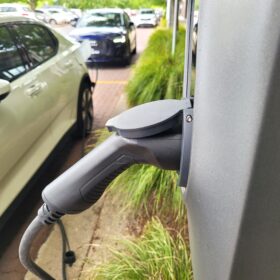Sun Cable names ‘global experts’ to deliver massive solar+storage project
Singapore-based Sun Cable has unveiled a powerhouse line-up of international engineering and advisory companies to help it deliver the world’s biggest solar PV and battery energy storage project being developed in Australia’s remote far north.
Hydrogen innovator to pioneer HERO technology in manufacturing hub
The first commercial application of Australian hydrogen research and development company Star Scientific’s award-winning Hydrogen Energy Release Optimiser technology has been given the green light with the company announcing it has partnered with manufacturing network Central Coast Industry Connect to establish a new industry-led hydrogen cluster on the New South Wales Central Coast.
New Horizons secures contract for WA’s biggest battery
Italy-headquartered energy storage specialist New Horizons Ahead has been awarded the contract to build a 100 MW/200 MWh battery energy storage system (BESS) at the site of the decommissioned Kwinana Power Station near Perth in Western Australia.
Report finds co-located hubs key to battery industry competitiveness
A report from Australia’s Future Battery Industries Cooperative Research Centre which analysed the development of battery hubs in the U.S., Germany and Japan, has found that co-location and cooperation between industry and government were key to hub success. For Australia to play the same game, it will have to leverage its wealth of resources, and clean up its act along the way.
Umicore to purchase 42,000 tons of Australian lithium battery material
Belgian materials company Umicore has signed a contract with Australia headquartered Vulcan Energy Resources to purchase up to 42,000 tons of lithium hydroxide over a five year period beginning in 2025. The material will be used in Umicore’s production of cathode materials for lithium-ion cell manufacturers.
Solar farms prove to bee hives of economic activity
A new study from researchers at the universities of Lancaster and Reading in the UK has managed to quantify the economic boost provided by the symbiotic relationship between solar farms and honeybee hives.
WA councils to partner for ‘Australian-first’ renewable energy PPA
In a joint energy power purchasing initiative tipped to deliver savings of up to $5 million, more than 50 Western Australian local government associations are set to partner on a renewable power purchase agreement which will see them using 100% renewable energy.
State-owned utility reveals desire to disconnect rural town from grid
Western Australia grid operator Western Power is expanding its microgrid strategy as it aims to improve the resilience and reliability of electricity supply in regional communities, calling for registrations of interest to develop a renewables-based disconnected microgrid capable of powering a small rural town.
Woodside teams with U.S. start-up to explore solar thermal technology
Australian oil and gas giant Woodside is continuing its exploration of renewable energy, partnering with United States-based concentrated solar power entity Heliogen to build a 5 MW solar thermal demonstration plant in California which is expected to be capable of delivering clean energy with nearly 24/7 availability.
Insight Australia 2021, fully charged
Insight Australia 2021 took place on October 12th. Its wide range of speakers and Australian focus attracted many to watch the event live and participate in the insightful Q&As. For those that weren’t able to join us but are at all interested in the performance and safety of battery energy storage in the energy transition, the recording is now available.
